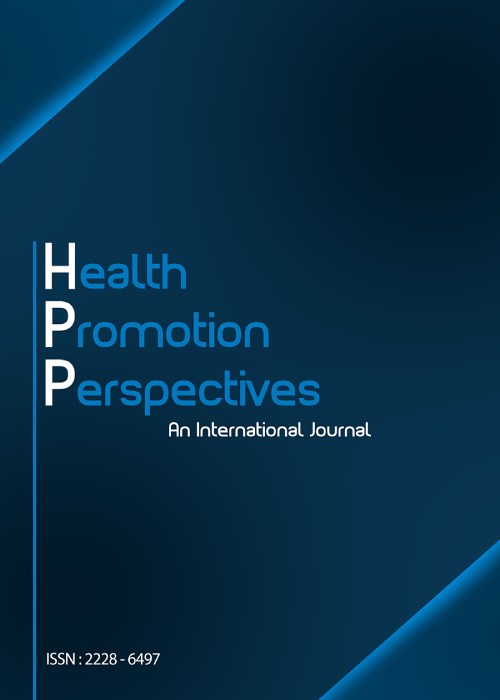Indoor air quality at school and students’ performance: Recommendations of the UNESCO Chair on Health Education and Sustainable Development & the Italian Society of Environmental Medicine (SIMA)
he issue of indoor air quality (IAQ) concerns 64 million students across Europe, but it is still a neglected topic, although it impacts both their health and learning outcomes. Classroom microclimate is the first key factor determining a healthy or unhealthy school environment, and it is influenced by ventilation, temperature and humidity rate. Classrooms are usually crowded, overheated and poorly ventilated, thus resulting in possible increases of carbon dioxide (CO2), that can cause several problems when its concentrations exceed the value of 0.15 percentage volume of CO2 (1500 ppm) or even at lower levels (1000 ppm). CO2 can also arise from outside the school, being widely produced by combustion of fossils or road traffic. Anthropogenic activities are responsible for the emission of nitrogen dioxide (NO2) and polycyclic aromatic hydrocarbons (PAH) too, which represent other possible external contaminants potentially impairing IAQ. Further dangerous exposures for students’ health are those related to natural emission of gas Radon, which typically accumulates in poorly ventilated classrooms, and volatile organic compounds (VOCs, released by building materials, paints, furnishings, detergents), while chemicals substances (i.e. cyanoacrylate, lead, cadmium, nickel) might be contained in school materials. Finally, particulate matters (PM2.5 and PM10) originating from road traffic, domestic heating or industrial activities represent additional possible contaminants impacting schools’ air quality. Poor IAQ might result in mild adverse events (i.e. headaches, nausea etc.) or cause respiratory problems. More frequently, IAQ affects students’ attention and their school performances, as widely documented by many studies. Standardized tests administered to pupils exposed to poor IAQ (to assess reading and mathematical abilities) systematically result in worse outcomes compared to students staying in healthy classroom environments. In this paper, we present recommendations of UNESCO Chair on Health Education and Sustainable Development and Italian Society of Environmental Medicine (SIMA) to ensure an optimal IAQ at school, including some post-COVID-19 issues
Indoor air quality , School , Students , Performance , Health , COVID-19
- حق عضویت دریافتی صرف حمایت از نشریات عضو و نگهداری، تکمیل و توسعه مگیران میشود.
- پرداخت حق اشتراک و دانلود مقالات اجازه بازنشر آن در سایر رسانههای چاپی و دیجیتال را به کاربر نمیدهد.


